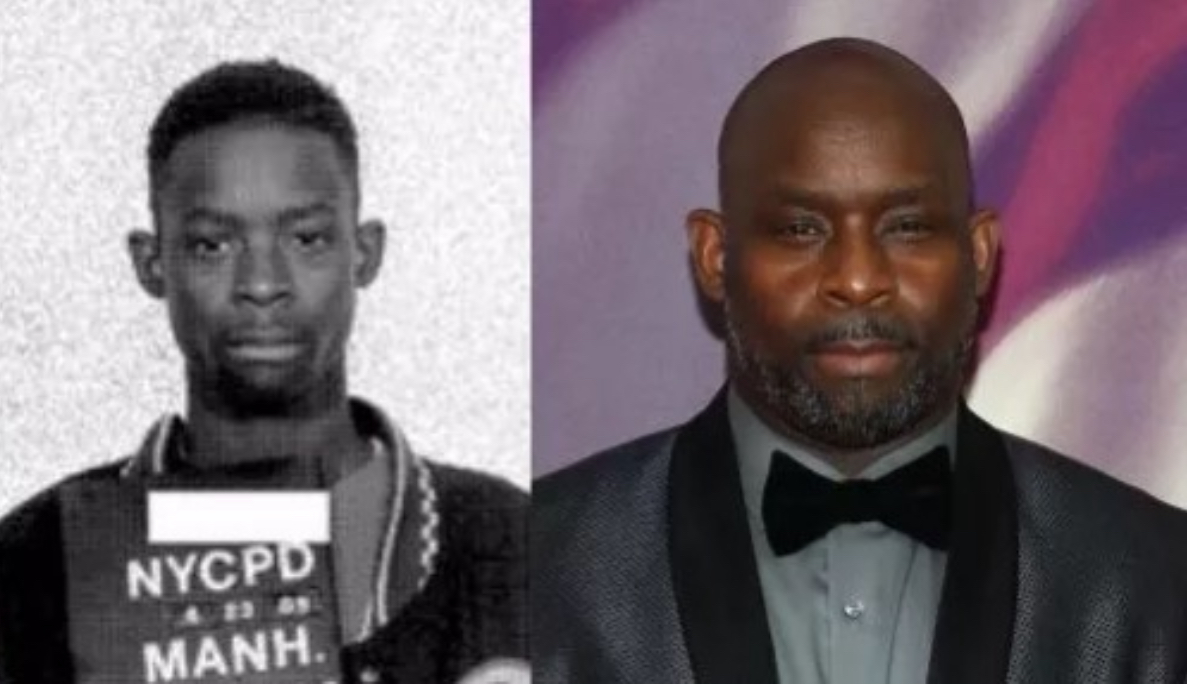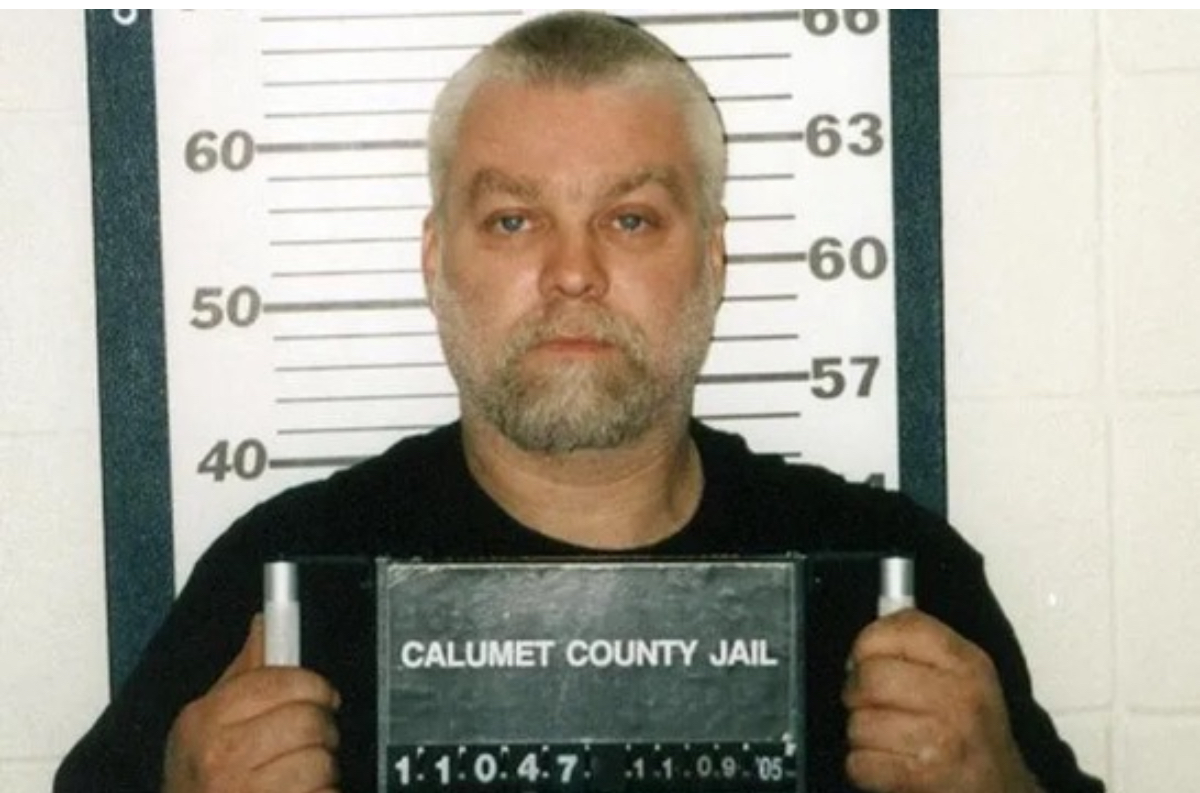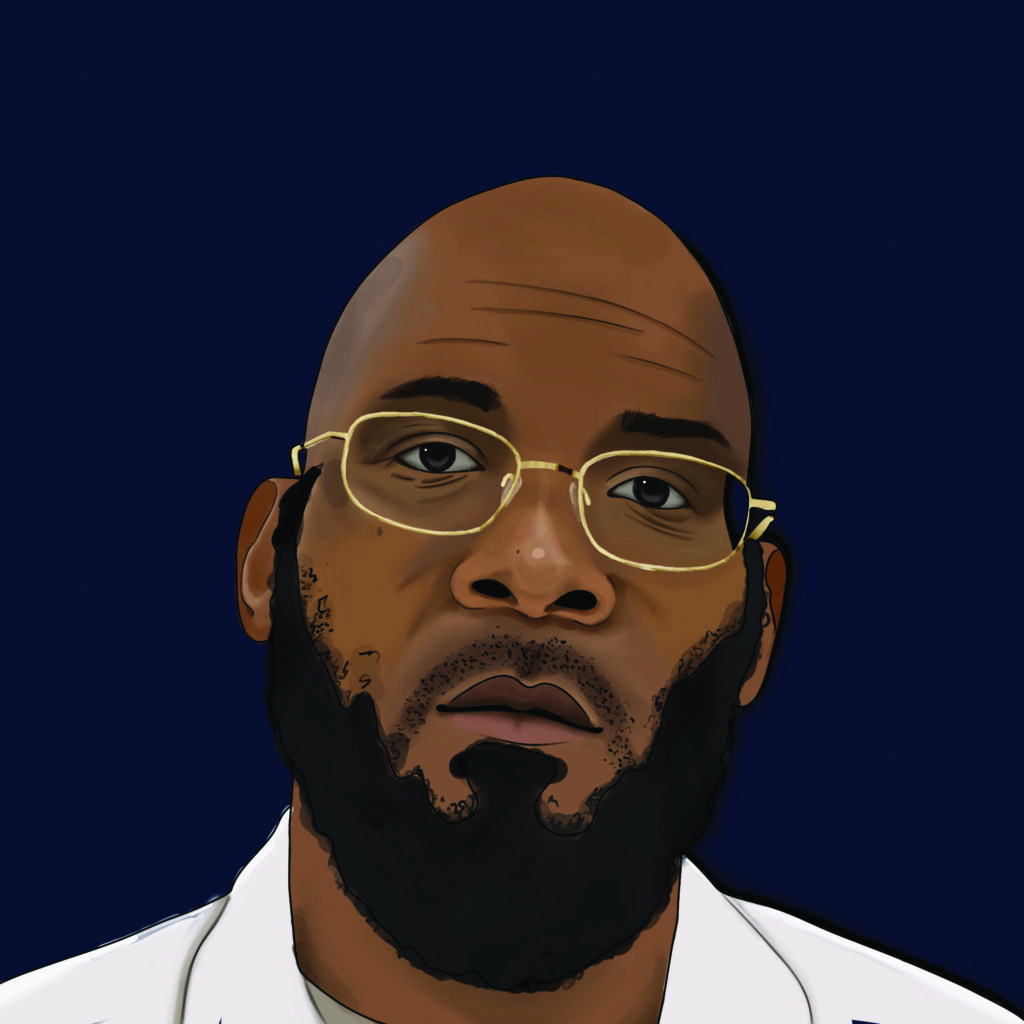Episode Transcript
[00:00:00] Speaker A: Foreign.
[00:00:06] Speaker B: Hey, what's up everyone? My name is Jaheim and I'm a 9th grade student at Benjamin Franklin High School of Finance and it also known as Befit at Campus Magnet. You're listening to a special podcast series created by our class. Each episode tells the true story of someone who was wrongfully convicted, sent to prison for a crime they didn't commit.
We've been learning about how the justice system works and sometimes how it doesn't. These stories are deep, real and honest. Kind of hard to believe, but that's why we're telling them.
In this episode, I'm going to walk through the story of Judge Allen. You'll hear what their life was like before the case, what happened when they got arrested and how the system failed them and what we can learn from it today.
[00:00:55] Speaker C: Let's get into it.
[00:01:07] Speaker D: George Allen's lived the quiet life in St. Louis. He wasn't rich, he wasn't loved. And he lived with the mental health challenges that made life harder. But none of that should have made him a suspect.
[00:01:18] Speaker E: Growing up in the suburb part of St. Louis of University City, Missouri, George Allen Jr. Was a normal child. But one day he went to the doctors and was diagnosed with schizophrenia at an early age. It was all okay until the day of the crime. He was one of the suspected person.
So him being schizophrenic did not help the sense that he was suspected as the person who did the crime. And he was from the suburbs. So the police suspecting that it it was him was actually insane also might have been that he was black. Most people being suspected for crimes are black, like being falsely convicted. If you scroll through the Innocence projects list, you will see the majority of majority of people that which are black.
But also the day of the crime happened. St. Louis was submerged in in snow. More like 20ft of snow. George Allen had nowhere to go. And George Allen lived 10 minutes away from the crime scene. Which is another thing that contributed contributes that it was not him. It was just disappointing to see how much of a mistake the judiciary has made and shows how weak our criminal justice system is.
[00:03:00] Speaker F: Before things went wrong, George Allen just wanted a normal life.
Dreamed of working, taking care of his family and enjoying simple things. But then he was wrongly convicted and everything changed. Instead of building his future, he was stuck in a place he didn't belong.
Even even though his life was unfair, he never let go of hope that one day justice would bring him back to the life he lost.
[00:03:36] Speaker D: In 1982, a woman was murdered.
George Allen wasn't a suspect but somehow he ended up in the police station. What happened during the interrogation would change everything.
[00:03:47] Speaker G: George Allen Jr. Was accused of breaking into Mary Bell's apartment during a snowstorm on February 4, 1982 in Missouri when alogie assaulted her sexual relationship violent her violating her and stabbing her 19 times resulting in her death.
He became a suspect over a month later and confessed during the police questioning despite being mentally ill and intoxicated at the time.
Where with no direct physical evidence leaking him to the crime the question about how he could have traveled 10 miles in the snowstorm his conviction sparked significant conversity.
Grift pointed to flaws in the investigation and trial raising doubts about whether just it had truly been served.
The crime happened in the late morning, sometimes between 10am to 10:30am Because a neighbor heard noises around that time.
Evidence such as a bloody knife was found at the scene. The and unfortunately George Allen was singled out and got wrongfully convicted of committing the crime. Even though he wasn't at the scene during his arrest he was near the crime scene. It made him look suspicious. Also the witness said that he is an assailant.
This was misidentification which caused him to look more suspicious. This in addition to the fact that the cops say he looks like an assailant.
Also in addition with him being coerced into a false confession made all made him a prime suspect.
The immediate aftermath of George Allen 1982 conviction for rape and murder of Mary Bell the public and media reaction was relevantly quiet and unquestioning local news reporters and case as strong for conviction local news reporters the case as a strange forward conviction. There was a little public outcry or media suspicion.
[00:06:58] Speaker D: George's trial was built around a confection that never made sense and missing evidence that was never mentioned. It didn't matter that he had no connection to the crime scene. He was convicted anyway.
[00:07:14] Speaker C: In the case of George Allen his original defense lawyer was Vic Sandal who unfortunately he wasn't very effective. George Allen was wrongfully convicted in 1982 for the rape and murder of a St. Louis woman based on a coerced confession and suppressed evidence. In the George Allen case, the main piece of evidence used to convict him was a confession he gave during the police interrogation. But there's a problem.
George Allen had schizophrenia and the police used high pressure tactics and to get him to say things that weren't true.
There was actually no physical evidence linking him to the crime. In fact, semen found in the crime scene didn't match him.
But the jury never got to hear that.
So even though the confession didn't match the real details of the crime, science says otherwise. The police and prosecutors still used it to convince the jury that he was guilty. As stated earlier, the evidence was wrong from the DNA and the coerced confession. But mainly, Allen's defense team did not accurately investigate or present alibi witnesses who could have proved his innocence. This lack of a strong defense left critical gaps in the case and failed to challenge the prosecutioners flawed evidence.
The only alibi during the trial of Judge Allen was his family testifying that he was at home the day of the crime helping his sister dig her.
[00:08:52] Speaker B: Car out of the snow.
[00:08:54] Speaker C: One defense they tried to use was the false confession.
During the interrogation, a detective named Herbert riley stated that Mr. Allen confessed to sexual assaulting and killing Mrs. Bell.
After the interrogation, he said that he was intoxicated and that he was mentally ill during the interrogation and that he was innocent.
It was then stated that Mr. Allen could not give any names, exact locations or anything else.
Judge Allen had a trial and the jury voted 10 to 2 to acquit him on April 22. But on July 25, 1983, he was convicted and got sentenced to 95 years.
[00:09:48] Speaker D: This case is full of COVID ups, lies and silence. Evidence was hidden, leads were ignored and George Mental Health was used against him, not to protect them. Let's break down what was swept under the rung.
[00:10:03] Speaker H: George Allen's name was first lied upon. The accusations turned his way were all fabricated.
At the crime scene they found seven sets of fingerprints.
Many thought that the fingerprints were his.
This would be due to the officers and sheriffs, also the detectives at the time, all pinning the blame and evidence to his name. The public also naturally thought that due to these officials pinning the blame onto Allen, they could trust and support their judgment.
For example, the police had DNA semen evidence that didn't match Allen at all. But they never told the jury about it. They also claimed Allen confessed, but he was mentally ill and was pressured into doing a long police interview. But forensic science was either ignored or misused entirely.
In the case of George Allen, there was also many truths buried under the misconduct.
There was no physical evidence nor DNA linking him to the crime and it was hidden from defense for many years.
Investigators also ignored signs pointing to other possible suspects. And Alan Score's confessions was full of inaccuracies.
It wasn't justice, it was a setup meant to put someone ill behind bars in the case.
Bias for him was built into the system from the start.
George Allen was a black man with schizophrenia. He was interrogated without the help or assistance of a lawyer and eventually confessed under very questionable circumstances.
He didn't match the suspect's description and crucial data and evidence that could have cleared almost hidden his wrongful conviction wasn't a legal failure.
The lawyers from the Innocence Project and Brian Cave LLP worked really hard to help George Allen. He was put in prison for something he didn't do and stayed there for 30 years. The lawyers found new proof like DNA evidence and discovered that the police had hidden important papers that showed George Allen was innocent. Because of their work. The court said he wasn't guilty and George Allen finally got to go home.
The weak evidence provided by the police after hiding important information for George Allen's case, including DNA that eventually exclude him as a perpetrator to overturn his conviction, it at least highlighted serious flaws in the justice system and the need for reform to prevent such injustices.
The lawyers involved in George Allen's case were associated with the Innocence Project, a non profit legal organization dedicated to exonerating wrongfully convicted individuals do DNA testing and judicial reform.
[00:12:47] Speaker D: After 30 years in prison, George was finally exonerated. What does freedom mean when you lost decades of your life and how do we make sure no one else has to go through that.
[00:13:06] Speaker I: Would feel if this happened to me was offended do to the fact that it wasn't true and I was wrongfully accused of something that I personally didn't do.
What I could learn from this case is to be honest and like do research and find evidence before you accuse somebody of doing something.
[00:13:32] Speaker B: It's important to question the Justin system because it's the only way to ensure that people like Judge Allen are not wrongfully convicted for something that they haven't committed and imprisoned for years and years, wasting their life. I would tell Judge Allen to just live the rest of the life he has because a lot of it was wasted in prison. There are many ways we can prevent future wrongful convictions. One way we can prevent them is by introducing eyewitnesses reforms like making sure that future convictions have multiple witnesses to make sure that it's the correct thing that's happening. Also, we can introduce forensic signs like the Innocence Project does. They use DNA and different ways of finding out if the person was actually there on the crime scene.
[00:14:18] Speaker D: George Allen's story is heavy. It's a reminder that not every voice gets heard and not every truth is believed. But it's also a reason to speak up, ask questions and protect those who can't always protect themselves.
[00:14:36] Speaker C: Thanks for listening to this episode of.
[00:14:38] Speaker B: Our Wrongful Conviction podcast series from Be Fit at Campus Magnet. These stories aren't just about the past. They're connected to things still happening today.
That's why it's important for students like us to speak up, ask questions, and.
[00:14:52] Speaker C: Really understand how justice works.
[00:14:54] Speaker B: If you found this episode powerful, share it, talk about it, and remember, one.
[00:14:59] Speaker C: Voice can change a lot.
[00:15:00] Speaker B: I'm Jaheem, and this has been my episode Peace.


